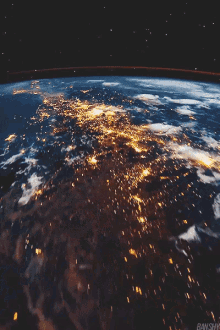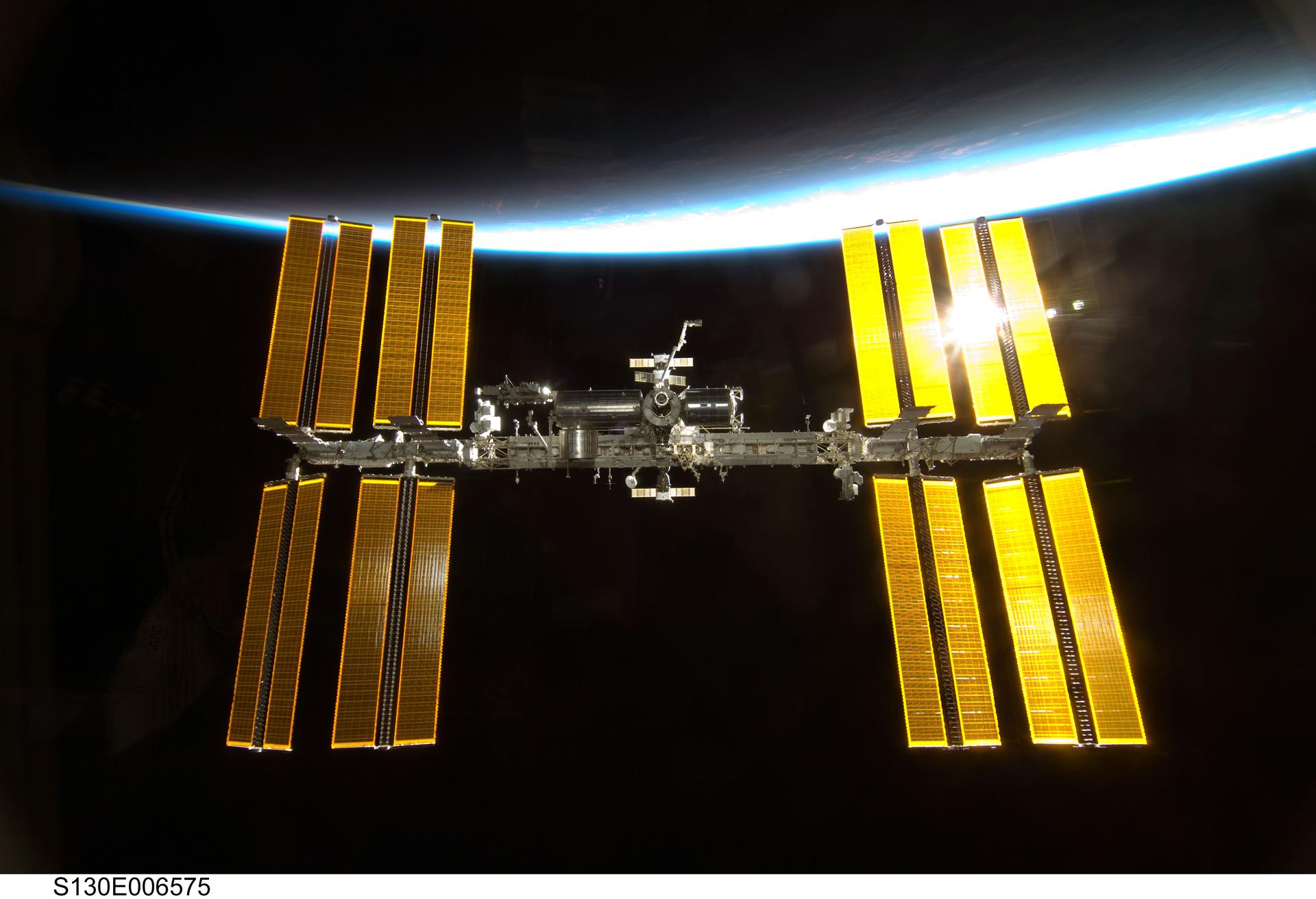
When you think about space exploration, images of rockets blasting off and astronauts floating around come to mind. But what if I told you there’s a giant Lego set orbiting Earth, held together by hope, duct tape, and a sprinkle of international diplomacy? That’s right, folks! Welcome to the International Space Station (ISS), the coolest place off-Earth where gravity is just a suggestion, and “running out of space” means something entirely different!

The Grand Plan: To Infinity and Beyond!
Let’s start with the basics. The ISS isn’t just a floating tin can; it’s a floating tin can with a purpose! The whole idea behind the ISS was to create a multinational space laboratory that orbits around Earth. Think of it as an Airbnb , but for astronauts who want to escape Earth’s gravity and conduct groundbreaking research. The station is a marvel of engineering, a symbol of international cooperation, and, let’s be honest, a experiment to how humans will go to great lengths to avoid doing laundry.
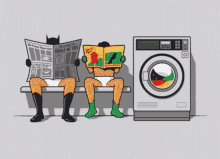
How It All Began:
The ISS story is as dramatic as any Bollywood movie. In the early 1980’s, NASA and the Soviet space program (now Roscosmos) were like two neighbors arguing over whose lawn was greener. They both wanted to build their own space stations. NASA had ‘Skylab’, and the Soviets had ‘Mir’. Both were fantastic—if your idea of “fantastic” includes cramped spaces, questionable air quality, and the occasional cosmic radiation shower.

But then, a twist! The Cold War started, and the space powers decided to play nice. Other countries joined in ESA (Europe), JAXA (Japan), and CSA (Canada), and suddenly, we had a full-blown “Space UN.” In 1998, the first piece of the ISS was launched, and since then, it has grown into a sprawling, 420-ton huge house. It’s like watching a single Lego piece transform into Hogwarts—all while floating 420 kms above Earth. Each of these agencies contributes in different ways, from providing modules and robotic systems to launching astronauts and supplying essential goods.
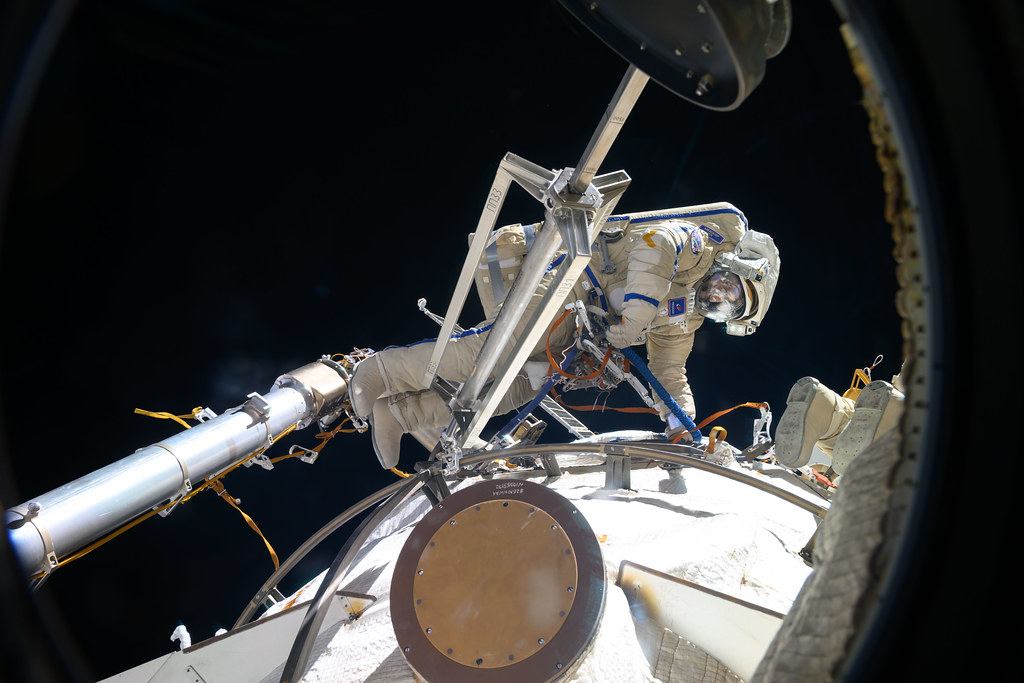
What Do Astronauts Actually Do Up There?
“Sure, floating around is fun,” you might think, “but what’s the point?” Great question! The ISS is a science lab, where astronauts conduct experiments that aren’t possible on Earth. In microgravity, fire burns differently, muscles works differently , and you can literally watch plants grow in strange, new ways. Imagine spending six months watering plants and calling it “work.”
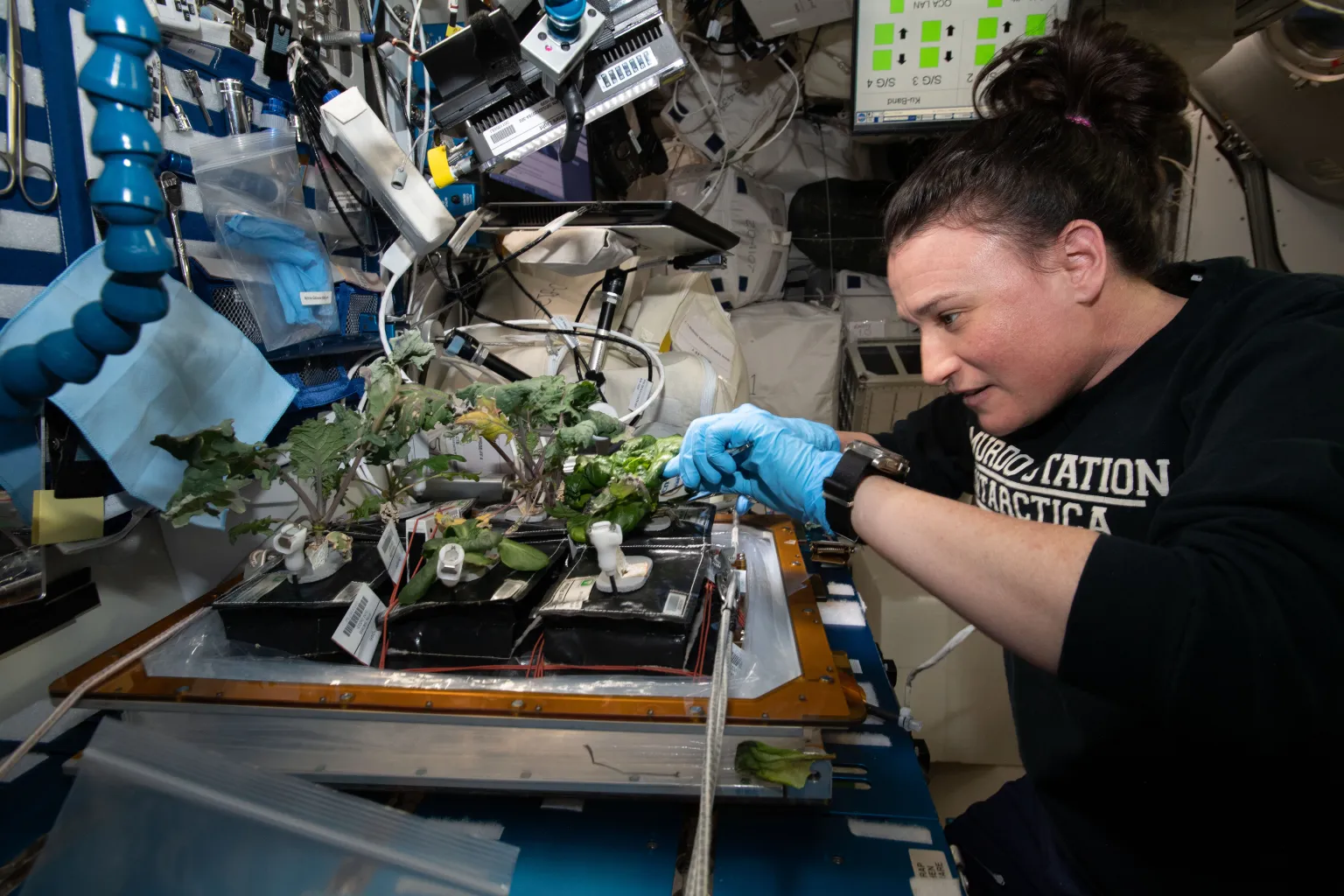
Yet, this research is crucial. The ISS has taught us about fluid dynamics, combustion, and even how to grow food in space—important stuff if we ever plan to colonize Mars or need a new recipe for space salad.
Also, let’s not forget about space walks. Astronauts often step outside to fix things, take Instagram-worthy selfies, or just “get some fresh vacuum.” These walks are critical for maintaining the station and proving that you can still look good while wearing a 300-pound suit.
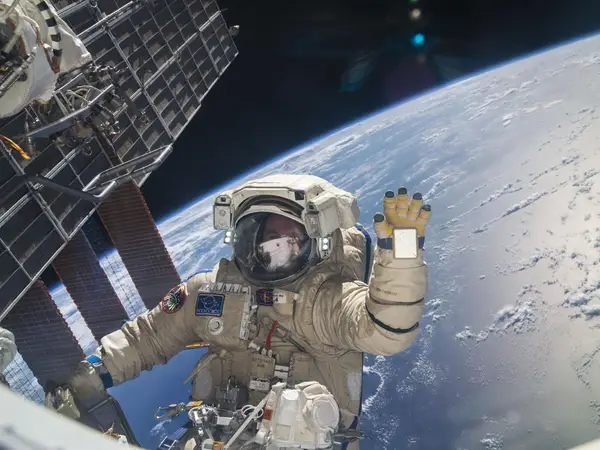
Why Do We Care?
The ISS is more than just a science lab; it’s a symbol of what humanity can achieve when we work together. Countries that normally argue over everything from border disputes to who invented the French fries have managed to build and maintain a floating metropolis in space. It’s the world’s most expensive example of “sharing is caring.”
Plus, the ISS is an junction for future technology. From advancements in medicine to improvements in engineering, the research done here has a direct impact on our daily lives. Not to mention, the images of Earth from the ISS remind us that we’re all on this tiny blue planet together. Also, let’s be real—space selfies are way cooler than beach selfies.
Life on the ISS: Floating Through Daily Routines
Living on the ISS is like living in a giant closed lockdown house. Here’s what daily life looks like for the astronauts aboard:
- Sleeping: Astronauts sleep in small, telephone booth-sized compartments that are attached to the walls. They strap themselves into sleeping bags to avoid floating away. It’s like camping, but without gravity and with more chances of getting tangled in floating wires.
- Eating: Meals consist of dehydrated or pre-packaged foods, rehydrated with water from the station’s filtration system, which recycles everything—yes, everything—including urine. So, every cup of coffee is recycled. As the saying goes, “Yesterday’s coffee is today’s coffee.”
- Exercising: To counteract muscle atrophy and bone loss in microgravity, astronauts exercise for about two hours each day using specially designed equipment, like the Treadmill with Vibration Isolation and Stabilization (TVIS) and the Advanced Resistive Exercise Device (ARED). It’s like a space gym membership, without the luxury of sauna access afterward.
- Research and Maintenance: Astronauts spend most of their day conducting experiments and maintaining the station. The research conducted includes everything from studying the effects of micro gravity on biological organisms to testing new materials and technologies that could be used in future space exploration missions.
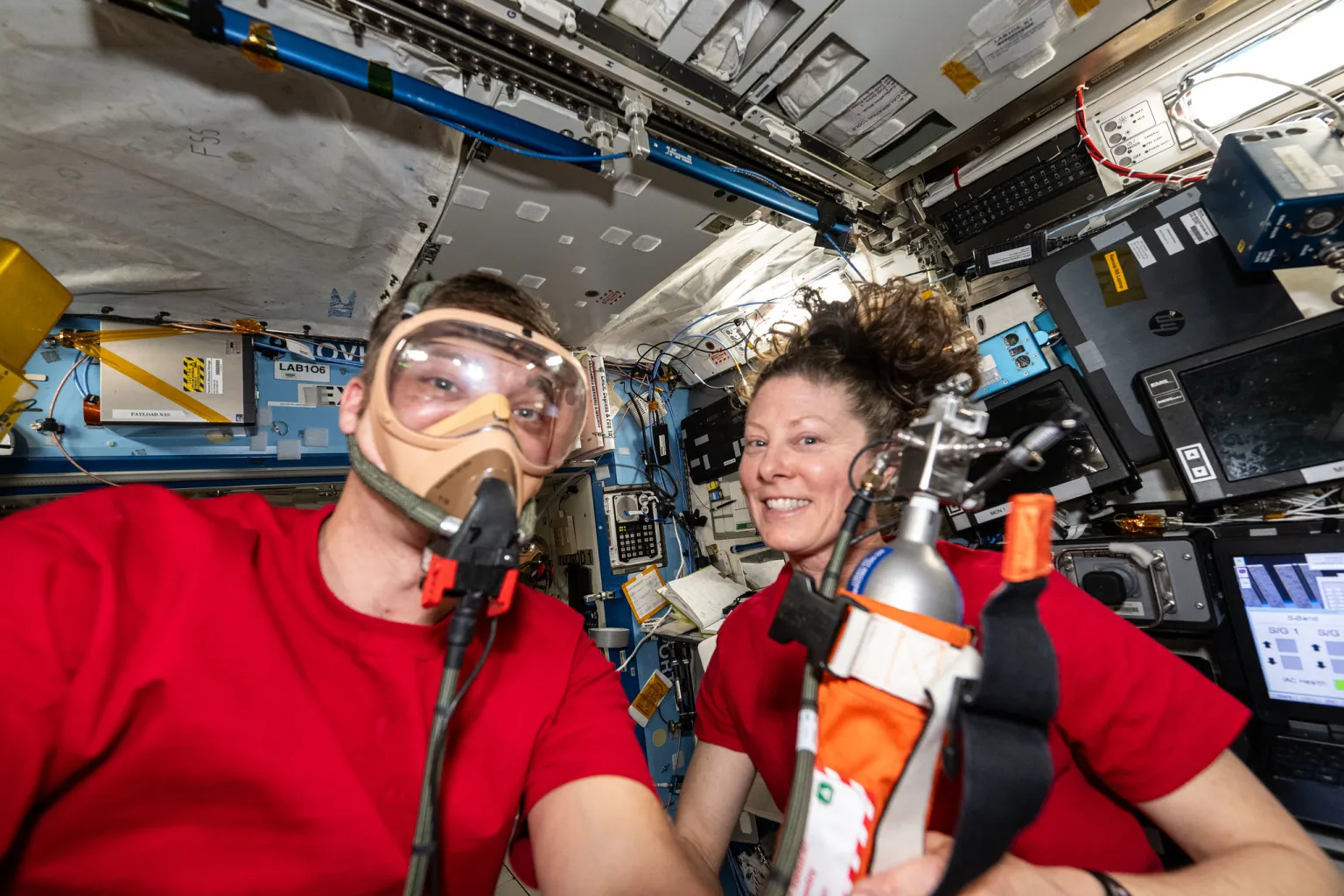
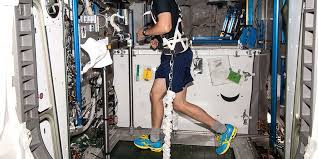
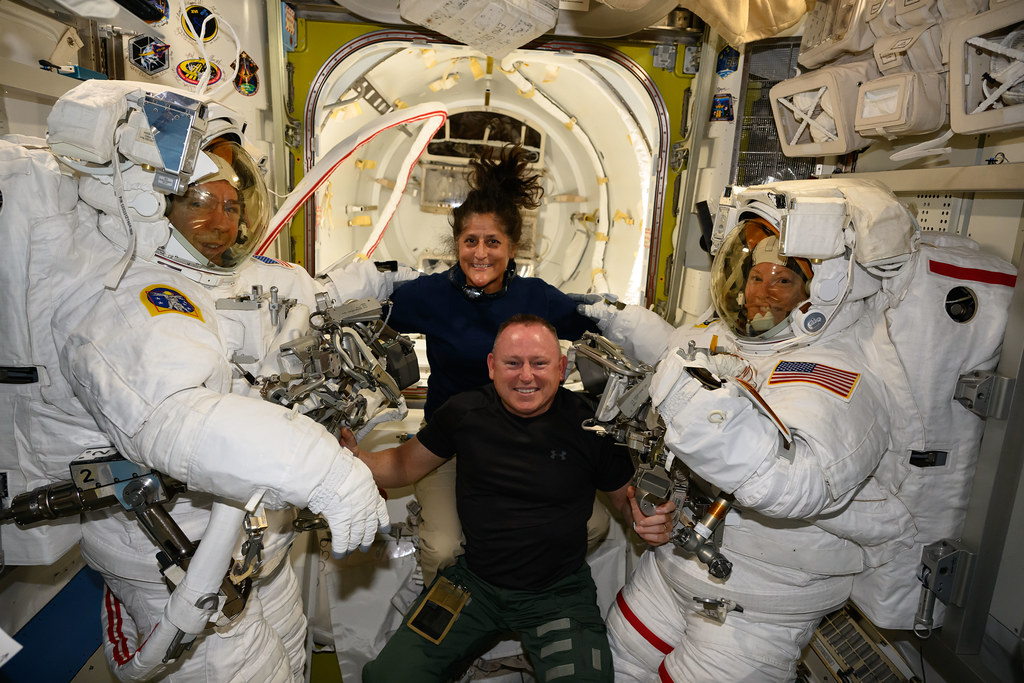
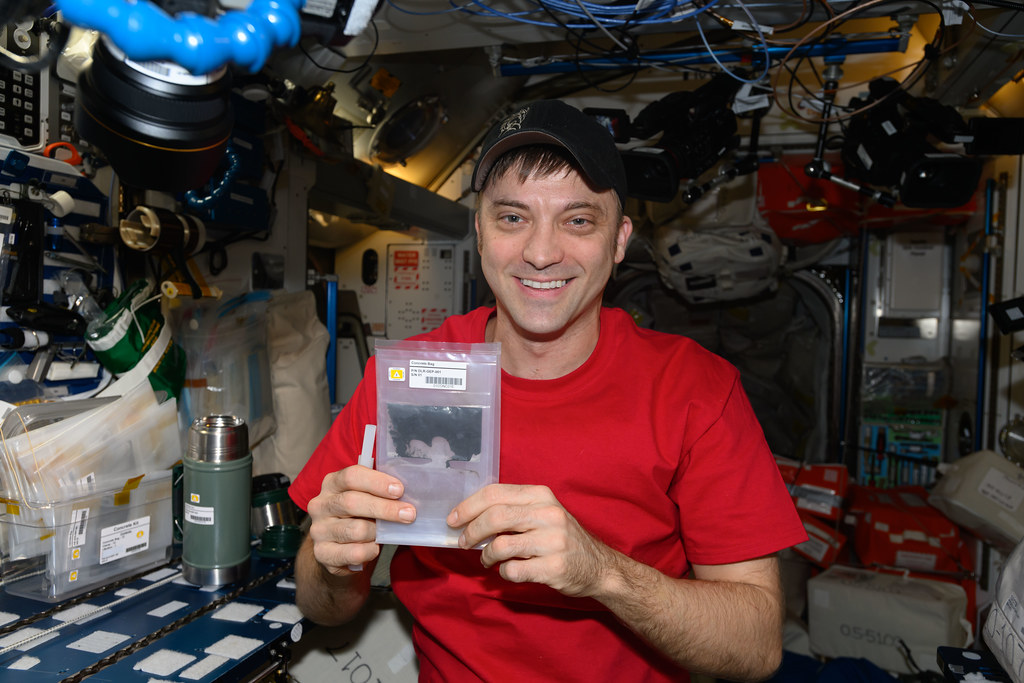
The Future of the ISS: What’s Next?
Imagine taking a vacation where the only way to get there is a rocket, and the hotel is 250 miles above Earth!
While the ISS has been operational for over two decades, its future is still being written. Here are a few potential paths:
- We can do the Extension and Expansion: There are discussions among international partners to extend the ISS’s operational life beyond its current funding deadline of 2030.
- Commercial Opportunities: NASA has opened up the ISS to commercial activities, allowing private companies to use the station for research and even space tourism.
- Gateway to Deep Space: The ISS could serve as a stepping stone for future missions to the Moon and Mars. The experience and technology developed on the ISS are invaluable for planning and executing these more ambitious missions.
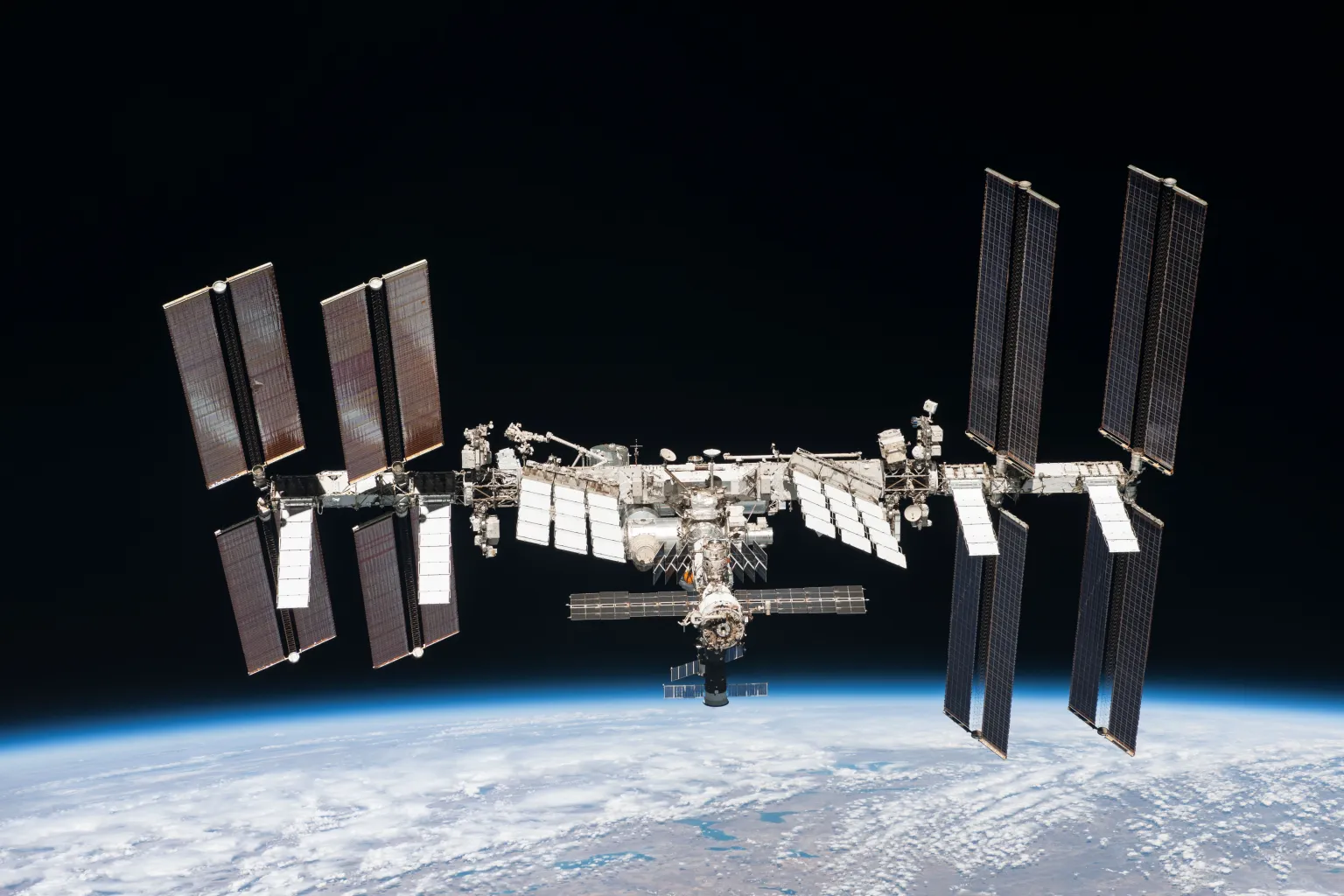
In Conclusion: The Ultimate Space Sleepover
The ISS is like the ultimate sleepover, except instead of sleeping bags, you have sleeping bags strapped to the walls, and instead of popcorn, you’re eating freeze-dried macaroni. It’s a place where humans push the boundaries of what’s possible, study the universe, and argue over who finished the last bag of space chips.
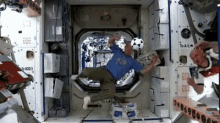
So, next time you look up at the night sky, remember that there’s a giant, orbiting laboratory up there, full of international astronauts: It’s not just out of this world; it’s proof that, when it comes to exploring space, we’re all in this together—awkward floating and all.
And if you ever wonder if there’s life beyond Earth, just remember the words of an astronaut who, after staring into the infinite void, said, “Well, at least the coffee’s better up here.”
